
LATEST POST
When Personalization Backfires
Is it personal? Or is it just “creepy and irrelevant”?
Most popular content
Most recent content

Getting the job done for customers on social media
The standard marketing-ese that most performing arts organizations use to promote events is more turnoff than engagement-inducing. So why do audiences “hire” social media, and how can we target this motivation? Amanda Lester explores this question, and shares examples of high-performing posts that she’s encountered during her work tracking social media stats for U.S. orchestras.
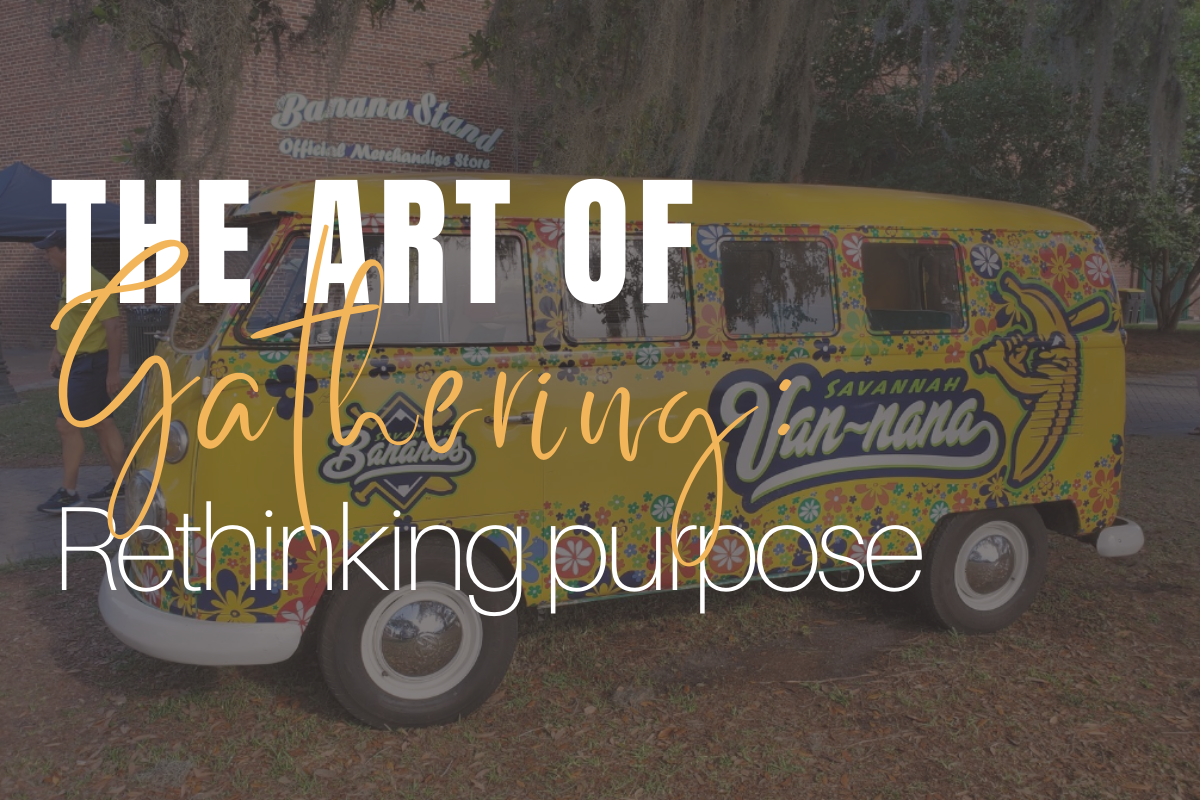
The Art of Gathering: Rethinking purpose
When we conflate category with purpose, says Parker, “we end up gathering in ways that don’t serve us.” Determining why we gather—moving from the what to the why—adds more value for everyone involved. And every decision about that gathering becomes easier.
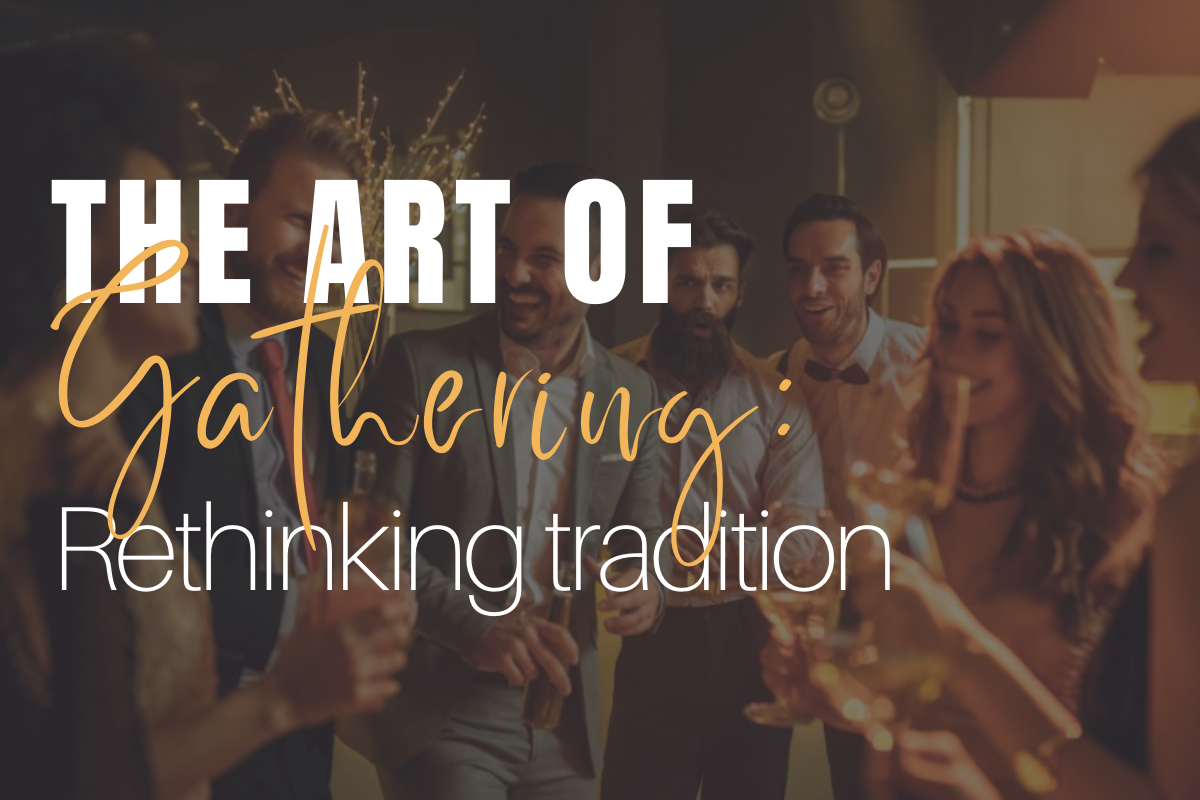
The Art of Gathering: Rethinking tradition
Does traditional concert etiquette discourage diversity? With nearly half of the U.S. population reporting that they don’t feel welcome in our world, it’s time to overhaul our thinking around what a classical music concert should be. Insights on designing more welcoming, more inclusive cultural events.

Grow your audiences using these market research techniques
For those who have little experience with it, market research can seem daunting, expensive, and superfluous. But the truth is, market research can be simple, and accessible, and incredibly valuable. Amanda Lester of Screen Engine/ASI (and formerly of the LA Phil) joins the Culture for Hire blog to show us how.

The structure of your arts organization is outdated
Compelling arguments from Aubrey Bergauer and Julian Chender that, in order to be more customer centric, today’s arts organizations must move away from the prevalent functional organizational structure.

It’s time to speak out
These days, nearly two-thirds of consumers make purchasing decisions based on shared values. Consumers are now trying a brand for the first time solely because they agree with its position on a societal issue. That's huge.

When an audience survey is all you’ve got, make it count
Is it possible for a survey to gather useful insight from your audiences without resorting to the usual questions that often lead down the road to nowhere?
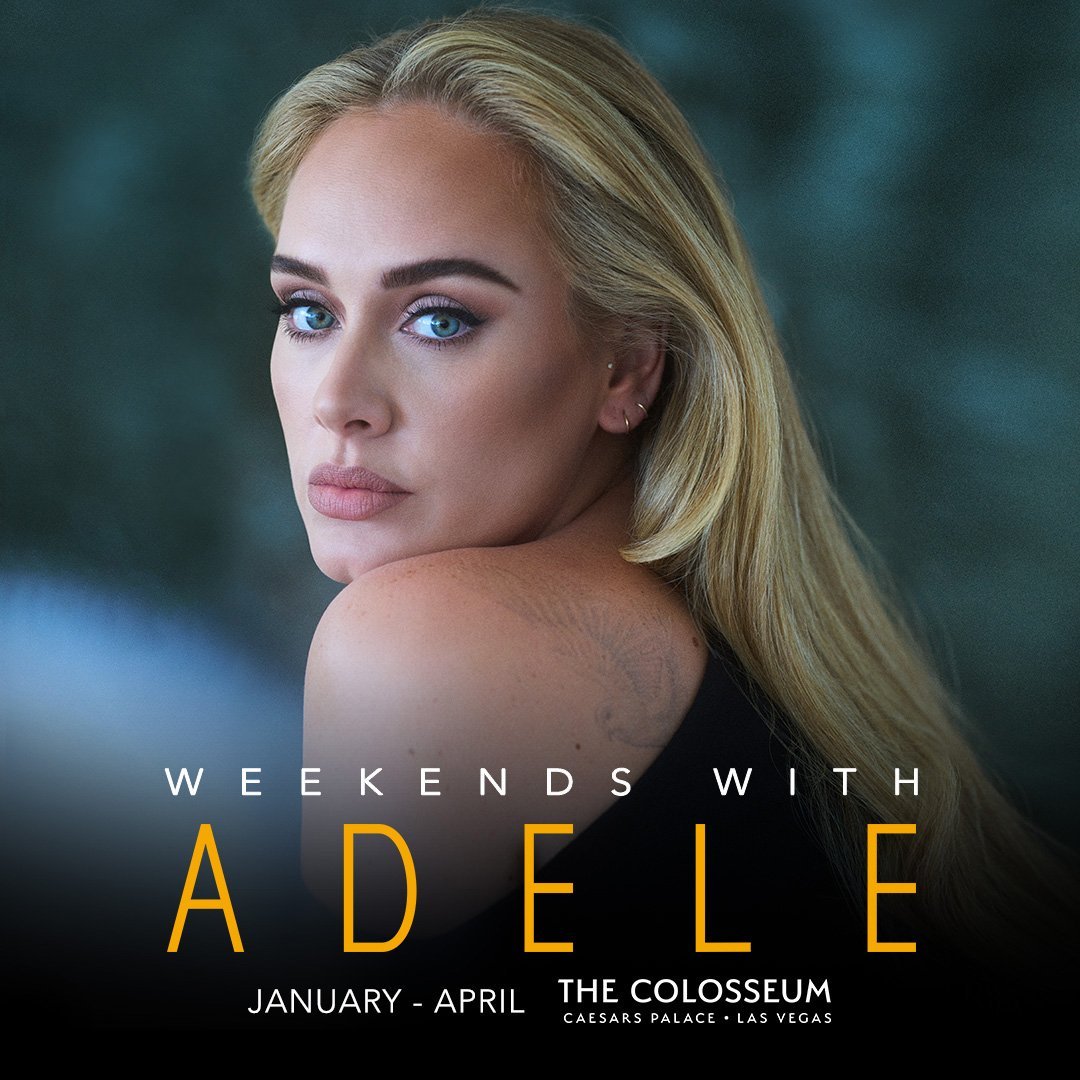
Egocentric marketing: How to avoid it, and why pop stars get a free pass
Without the preloaded context that mainstream culture enjoys, arts organizations don’t have the luxury of taking the easy way out in their marketing.

The next frontier in audience development for the arts sector
Here’s a controversial call to action, but I’m sticking to it.

Where the opera is grand, and so is the style: The power of autonomy
Consumers feel more certain in their decision-making process—more ready to pull the trigger—when they’ve had the opportunity to reject one characteristic in favor of another.
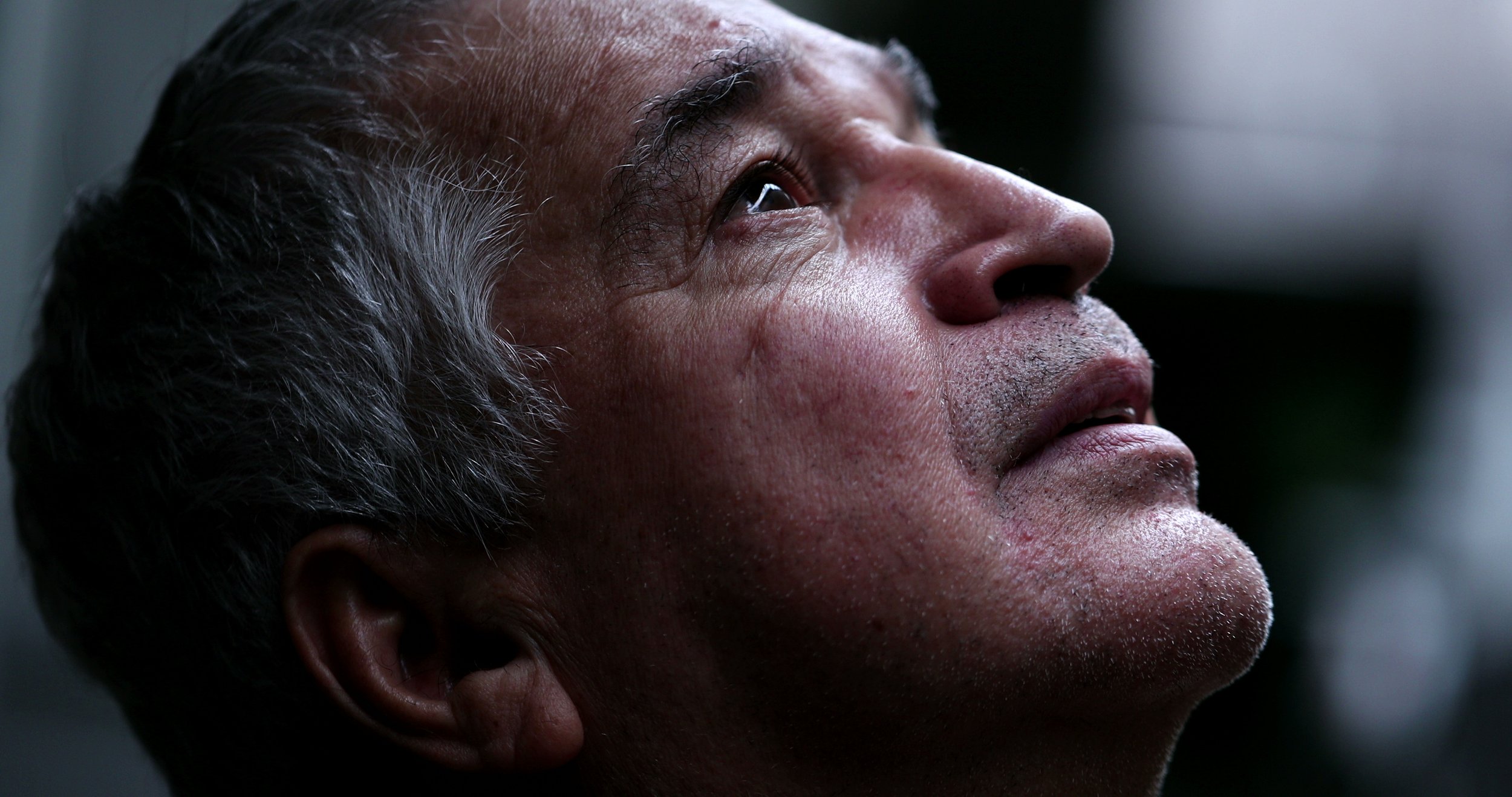
A paradigm shift for arts marketing
Here's a powerful paradigm shift culled from business theory for arts organizations struggling with audience decline.
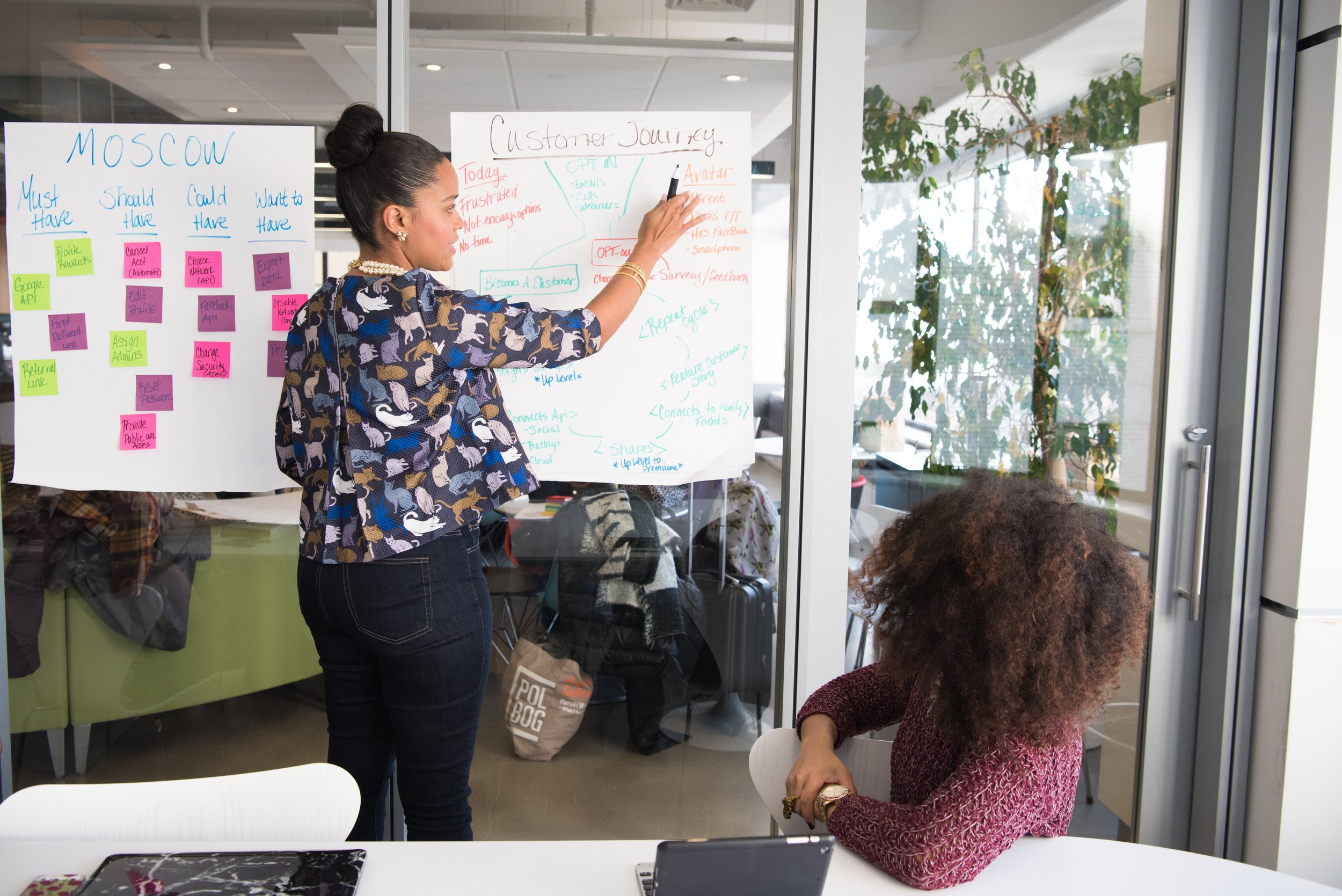
The marketing strategy that fueled Intercom’s stunning growth
A software company tailored their marketing strategy to correspond with the phases of the customer journey. The results were extraordinary.




















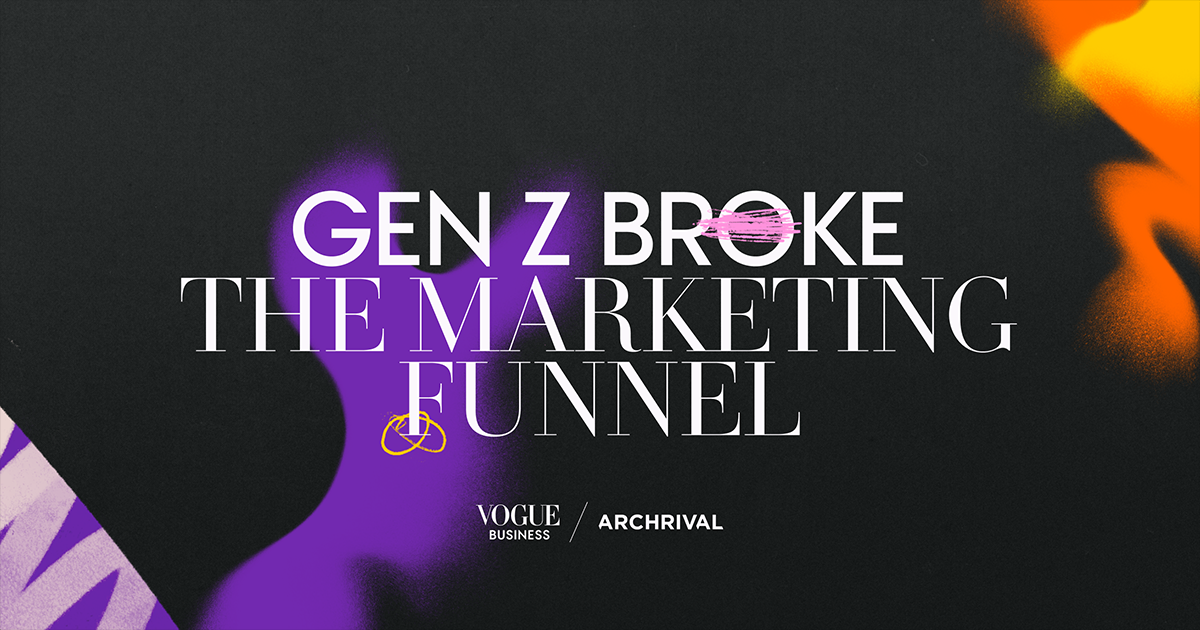



Arts orgs have long relied on demographic and transactional data to segment their audiences—age, income, ticket history, and zip code serving as proxies for interest and intent. But these traditional models have lost their predictive power.